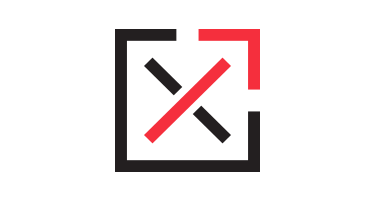Conversion tracking isn’t just for the nosy. Being able to see all of the details of a conversion—often using simple tools and techniques—is an essential part of answering the question of why your website is converting (or not). After all, knowledge about your conversions is important, but the “why” is the only piece with lasting value.
What do you need to answer the “why?” In short, anything you can get your hands on. It’s surprisingly easy to complete a conversion optimization review and implement changes these days as long as you know about the tools available. These tools, along with proper setup and segmentation, can make information gathering a breeze.
What is Conversion Optimization?
Conversion optimization describes reviewing and changing a website based on user behavior to make the most of the elements that users interact with the most. Not only is software used to make judgment calls on what changes to make, but understanding of best practices on website design and technical updates help us along the way. Knowing what users are doing when they land on a page is crucial to determine what changes, if any, a page needs to better convert interested users into leads, ultimately growing your business.
At Clix, we always think about using the strategies below to hone our conversion tracking and optimization:
- Think about each contact opportunity individually. What reason would a customer have to contact us here? Are they being given the chance to do so?
- Consider tracking options. What information is being collected, and who is it being sent to? Is a phone number or a form more appropriate?
- Make sure the proper tracking it set up, and layer as much as possible. For example, if a phone number is the primary contact method, make sure it has its own tracking number, that it has a corresponding event such as a Google Analytics goal, and that if no sensitive information is being collected, that the call is being recorded and monitored for quality on the part of the sales rep.
Those of us who grew up with School House Rock remember that knowledge is power. Now, with the power of the Internet in our hands, knowledge has never been easier to access when you incorporate digital marketing into your company’s business growth strategy. Even a simple call tracking system or a form setup can at least replace a hunch with concrete information. For a lot of businesses, that’s an important first step.
While it’s not a quick process, gathering the information needed to find out why your website is or isn’t working can start today. Over time, you’ll be able to convert potential customers more and more effectively because you can anticipate some of their behaviors. And that is the kind of knowledge that carries real power.
If you’re ready to take the next step and use strategy to drive your website’s layout, ultimately leading to better user experience and increased leads from digital marketing, contact our experienced inbound marketing team for help!


